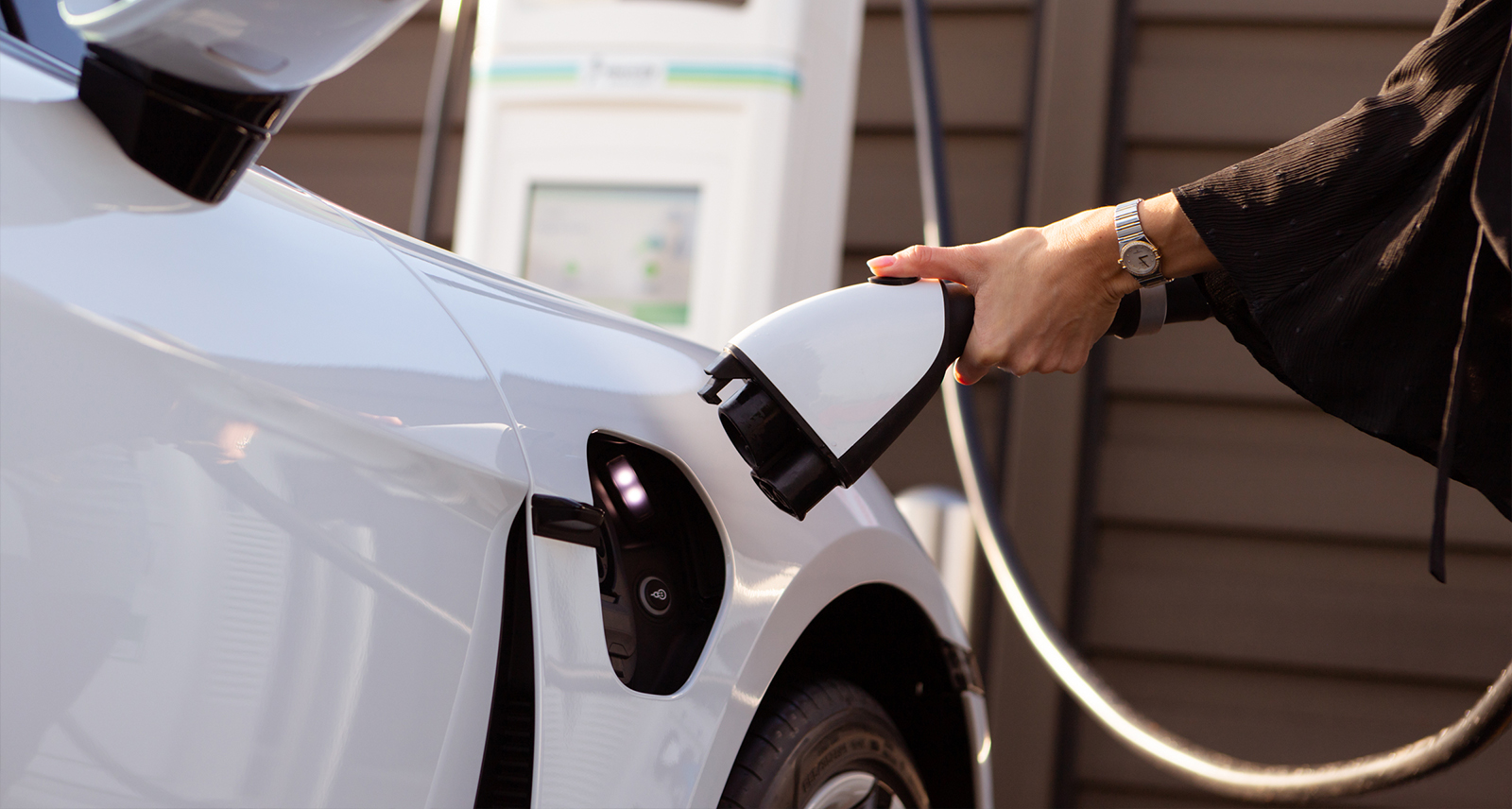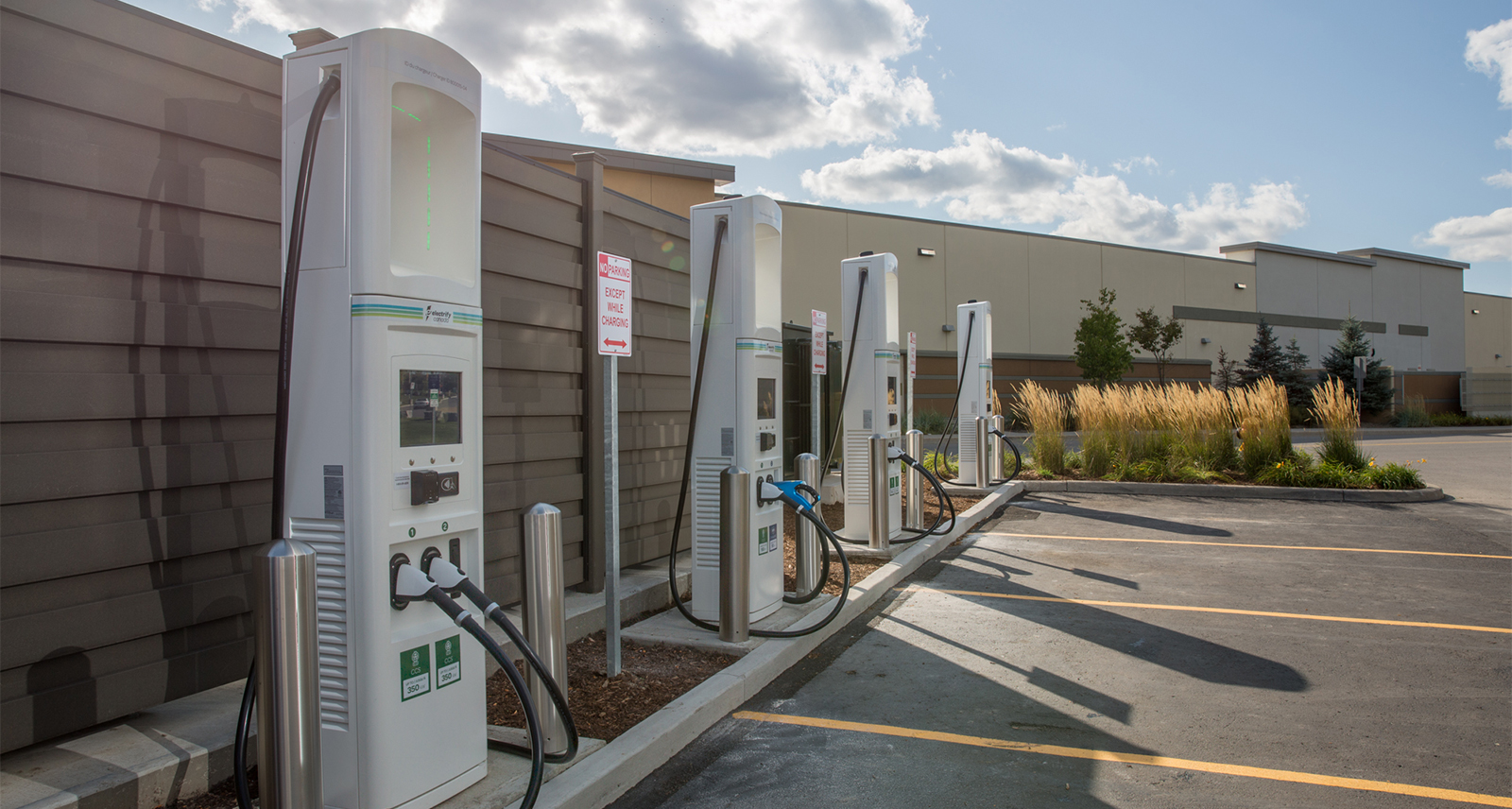Does an EV Really Have Enough Range for You? EV Real-World Range Explained
Knowing how much range you need is only part of the question, you also need to know under what circumstances a particular EV can deliver what degree of range. It’s complicated by what type of driving you’ll be doing, where you live and what charging network you plan to use. The really bad news is that more than a little math is required pretty much all the time when it comes to owning an EV. That’s not to say that there aren’t several benefits of going electric, but even now it’s a less simple equation than one might hope. Let’s dig into it.
The Backstory
I ventured into EV ownership 7 months ago and since then I’ve covered 20,000 kms. I bought the car after enjoying a lengthy test drive, and on a bit of a whim though I rationalized it by knowing that I needed a daily driver for the impending return to office. We know how that went. A big part of my anticipated use case what to stop piling miles on our ageing family car with weekly trips up north (220km each way). Once satisfied that the EV met my use case requirement I also figured it would be a good early-adoption/proof-of-concept experiment to see how an EV fit with our lifestyle.

How Much Range?
My efforts to determine whether or not the car’s range could meet our requirements was by no means a simple process. This all started with a bit of research, and a healthy amount of skepticism. The car I chose has a rated range of 488km. I knew going into all this that the car will never travel 488km on a single charge and, moreover, I estimated its -20 winter performance at roughly 50% of the rated range — more on that later.
Why won’t it ever travel 488km on a charge? The simplest reason is that you’ll never run an EV from 100% to near 0%. In general you aren’t encouraged to charge an EV to 100% too frequently and I’ve never been comfortable dipping below 10-15%. So if you typically charge to 90% and don’t venture below 15% then there’s really only 75% of the battery that you will access the majority of the time. That said, we’ve heard our share of stories over the years where drivers slowly learn their own consumption behaviours, and over time grew more comfortable with pushing into that last 10% of range. It all feels like a bit of “playing with fire”, frankly, and not the kind of math you’d want to be gambling on when first considering purchasing an EV.

The other reason is that my use case doesn’t really align with the range test/certification process. If I only drove in town then sure you’d be able to see 488km or range or even more. EVs consume less electricity at lower speeds, unlike Internal Combustion Engine (ICE) vehicles that are typically more efficient around highway speeds. If your typical driving pattern involves a significant amount of highway driving, and you’re going with the flow in most parts of North America, then you’ll see consumption significantly higher than the rated amount. Realistically, warm weather highway range is about 75% of the rated amount, or less if you have a heavy right foot. Winter will see that plummet significantly.
Needless to say you need to think carefully about your use case. If you’re an urban/city driver with a commute of less than 200km a day, there are rafts of EVs that should meet your requirements. If you have weekend property some 300kms away, then you’re most likely at the limit of a car with a 500km range rating (again, depending on how much reserve you like), and serious winter cold might mean you’ll want there to be a reliable fast charger on your route.
Some of the Math
There are two key figures to keep in mind when it comes to any of these calculations: your car’s useable battery capacity in kilowatt hours (KWh), and your car’s real world consumption in watt hours per kilometre (Wh/km). Reading internet forums about your car’s real world range will be helpful in assessing it’s true applicability to your use case.
As an example, if your car has a 75KWh battery and it’s real world highway consumption at 120km/h is 200Wh/km then it would have a 375km range (75 / 200 X 1000). Given that you’ll likely only want to plan on accessing 80% of that on a road trip (taking it from 90% to 10%) then you’re looking at 300km of range in one leg. It’s worth noting at this point that when going long distance in an EV, the most efficient charging speed occurs when taking the battery from 20% to 80% and the time to charge up from 90% to 100% (should you need to use it) can take significantly longer. In fact we’ve yet to come across a car that accurately calculates this last portion, as the charging speed drops significantly to keep the battery from exploding. Seriously.
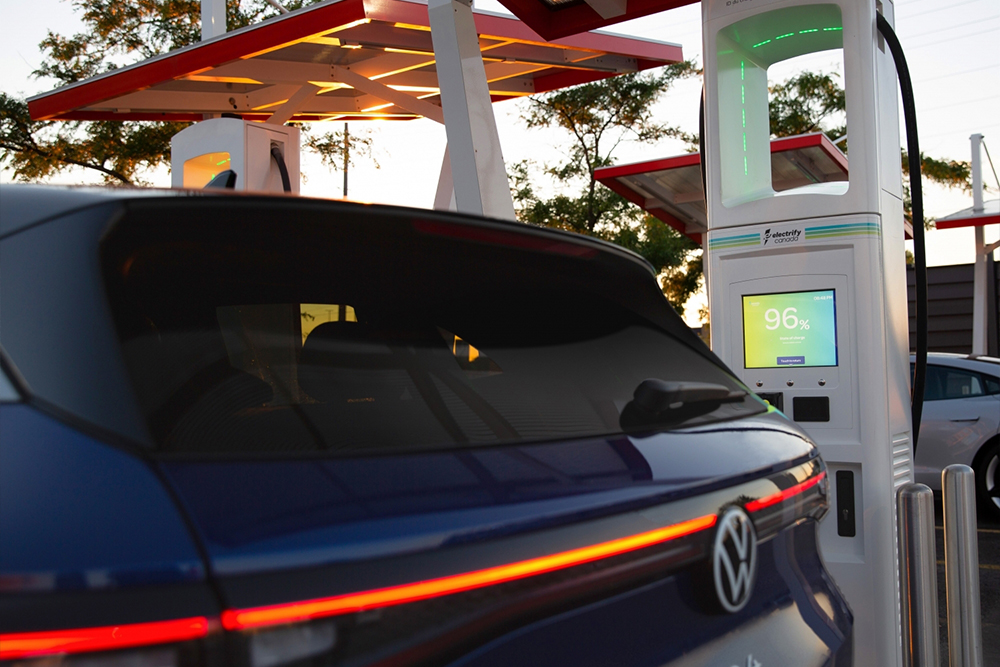
Now with your 300km of range throw in some -15 weather, and you’re likely looking at a further 30% decrease in range. You can attempt to address this by lowering your speed, charging to over 90% for a bit more range, reducing cabin temperature, and limiting the use of other battery consuming items in the cabin, but you’re still fighting an uphill battle.
Charging
There are three levels of charging in today’s market: level 1, level 2 and level 3. Level one is your 110v outlet and, frankly it’s useless with EVs that have 75Kw/h+ batteries. these chargers can only deliver 1.3 – 2.4 Kw/hr, so you’re looking at roughly 38 hours to fully charge a 75Kw/h battery. Level 2 is a charger that is either hard-wired or plugged into a 240v source. These units can deliver 8-11kw (depending on amperage of the line), which easily makes for a full charge overnight. Level 3 is fast charging and it can range from 70kw to over 300kw depending on the charger and the car. Teslas are able to handle up to 250kw of charging but most stations are 150kw chargers that often are running at 70kw. The Taycan, on the other hand, can accept up to 350kw of charging speed on its 800v architecture.
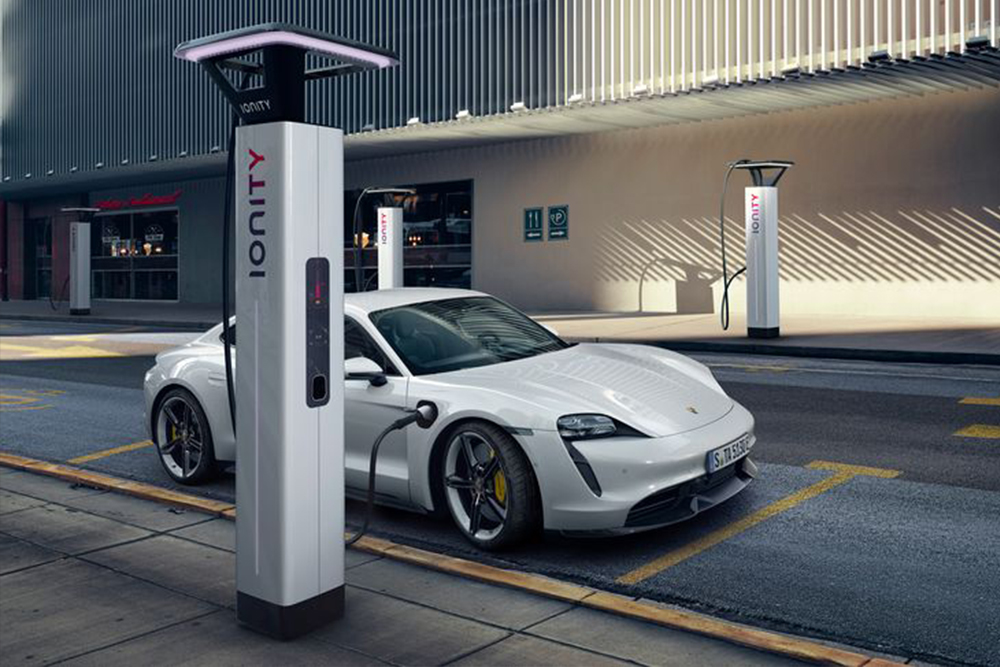
When charging at home there’s some variability to the calculations out there, as electricity costs vary across the province. That said, when charging at home the math still works out staggeringly better than the cost of fuelling anything that still burns fossil fuels. Based on 20,000km of driving, if we look at Toronto’s $0.12/kWh electricity cost, your spend to keep a 75 kWh battery battery charged for that distance will still come in under $300. Granted, that cost will fluctuate based on the rate of charge of certain charging stations across the country, but at the same time one can easily burn through $300 of premium fuel over the course of an extended weekend road trip.
An important thing to remember is that the most efficient way to EV roadtrip (if requiring more than a full charge) isn’t to constantly replenish to 90% or 100% because of how long it takes to get there, but rather to charge more quickly to say 70% and do it more frequently. Tesla’s network of superchargers goes a long way to alleviating this, as there’s usually one adjacent most major routes, and there are so many stations they seldom if ever appear full.
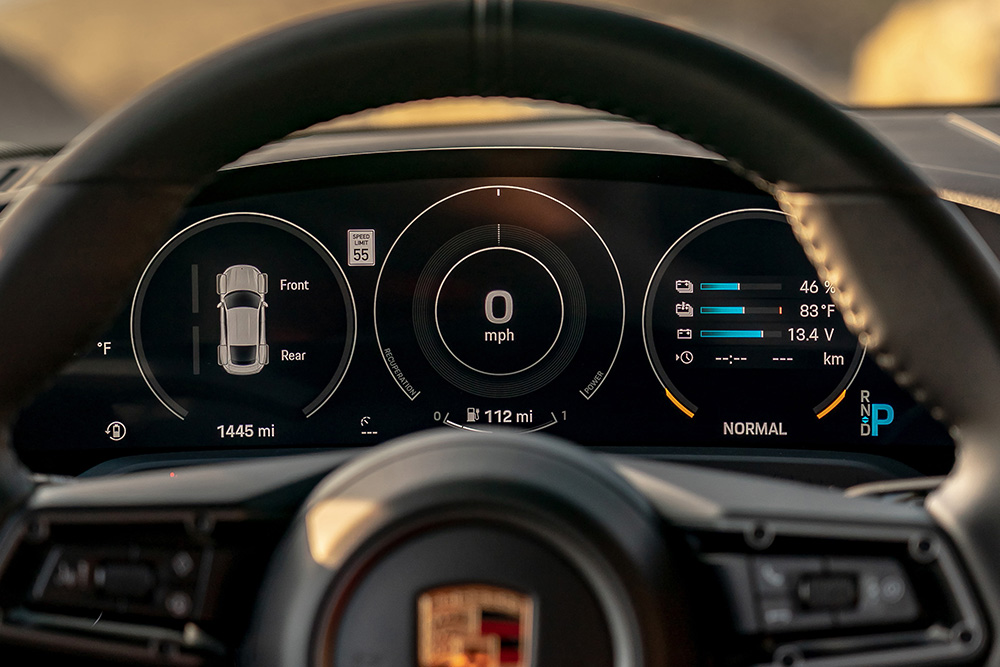
Those connecting between Toronto and Montreal, and between Vancouver and Calgary can also rely on Electrify Canada, whose network of chargers across the country is expected to increase from 32 electric vehicle charging stations to more than 100 locations across Canada and 500 chargers, by the end of 2026. Any EV will provide some level of access to mapping of nearby EV charging stations, and there are also a slew of apps out there designed specifically for this purpose. Granted, with some charging networks it’s a mixed bag of broken or busy chargers, so one will quickly learn that not all information out there is reliable. It’s by no means impossible to work out where reliable charging locations are, but it can often be frustrating. Further to this, we’ve been informed that Ontario’s OnRoute locations on the 401 and 400 will be getting level 3 chargers by summer of 2022, which will further improve access to drivers across the province. That said, the company behind the installation (Ivy) is currently charging $0.30/minute (or $18/hour) for its level 3 charging services, so these charging stops will set you back a bit more than what you’d be paying to charge at home — cost of doing business, I suppose.
When you boil it all down, making the jump to an EV still isn’t as simple and straightforward as burning petrol, but it’s a far cry from where it once was. Between the instantaneous torque, the constantly improving battery technology, and the ever-growing charging network, these cars are more practical than ever. Even if you have the occasional long-distance trip to tackle, sorting out a charging stop or two really isn’t the end of the world. The fact of the matter is that the long-term plan for Canada is to eliminate internal-combustion cars by 2040, and with gas prices spiking (yet again), it might be worth spending some more time considering the idea of going electric again.
Images courtesy of Polestar, Porsche, and Electrify Canada.
